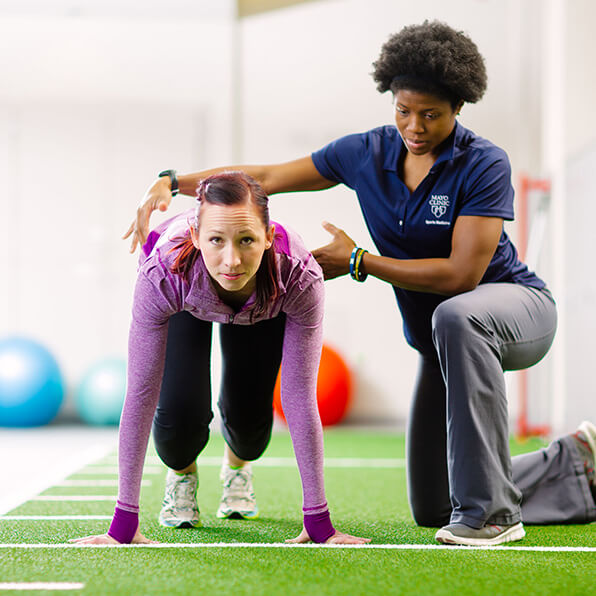The Crucial Impact of Resistance Training on Enhancing Rehabilitation and Performance in Athletic Rehabilitation
The Crucial Impact of Resistance Training on Enhancing Rehabilitation and Performance in Athletic Rehabilitation
Blog Article
Strength training plays a vital part in sports recovery, helping sportspeople heal from traumas and improve their overall performance. When an athlete sustains hurt, their body requires time to recover. However, during this rehabilitation period, it is crucial to preserve strength and flexibility to avoid additional injuries. Resistance conditioning can be tailored to suit the needs of each athlete, concentrating on specific muscular groups that may have been impacted by the trauma. This focused approach not only assists in rehabilitation but also readies the athlete to come back to their sport more robust than before.
One of the primary benefits of strength conditioning in recovery is its ability to enhance muscle power and endurance. When muscular tissues are stronger, they can better support articulations and reduce the chance of re-injury. For instance, an athlete healing from a knee trauma can gain from exercises that fortify the quadriceps and back thigh muscles. These muscles play a crucial role in stabilizing the knee articulation. By incorporating resistance training into their recovery plan, athletes can recover their strength more efficiently and securely.
In addition to building power, strength training also enhances flexibility and scope of movement. Many injuries can result to stiffness in the injured region, making it challenging for athletes to navigate easily. Strength conditioning exercises often involve extending and lengthening the muscular tissues, which can assist restore mobility. For instance, incorporating weight bands or weights into flexibility routines can improve the efficacy of these exercises. As mobility improves, individuals can execute movements more efficiently, which is essential for optimal capabilities in their sport.
Another crucial factor of strength conditioning in athletic rehabilitation is its positive impact on psychological well-being. Healing from an injury can be a challenging and exasperating process for athletes. Engaging in strength conditioning can offer a sense of achievement and boost self-esteem. As individuals see gains in their strength and abilities, they may experience more driven to continue their rehabilitation process. This psychological boost can be just as crucial as the bodily benefits, as a positive mindset can lead to better outcomes in recovery.
Finally, strength training can assist individuals transition back to their sport more seamlessly. Once they have recovered their core stability exercises for athletes strength and flexibility, individuals must to rehearse activity-specific movements to ensure they are prepared for contests. Strength training can be combined with sport-specific drills to create a holistic rehabilitation program. This blend allows individuals to not only recover but also improve their performance. By focusing on both recovery and capabilities, strength training becomes an crucial tool in the recovery journey, helping individuals come back to their sport more robust and more resilient.